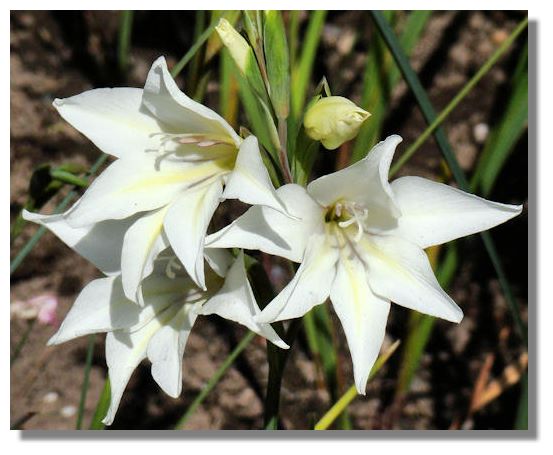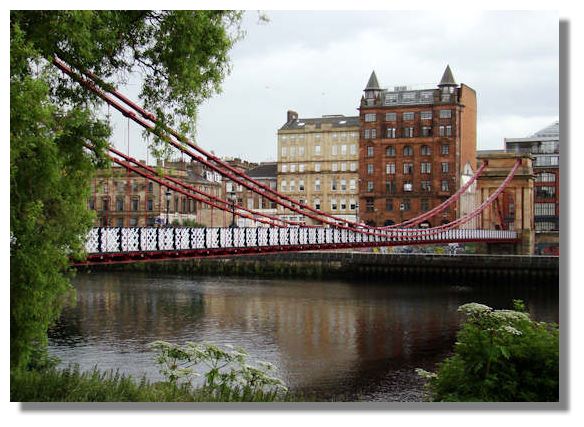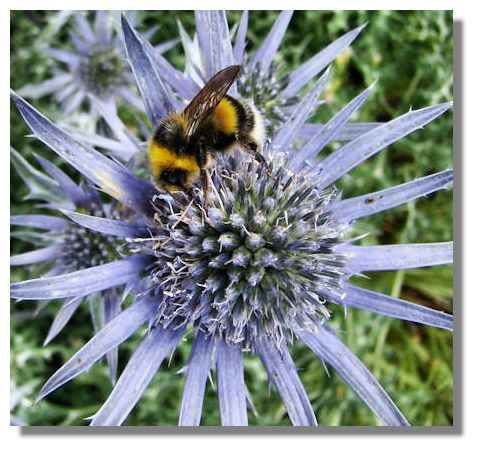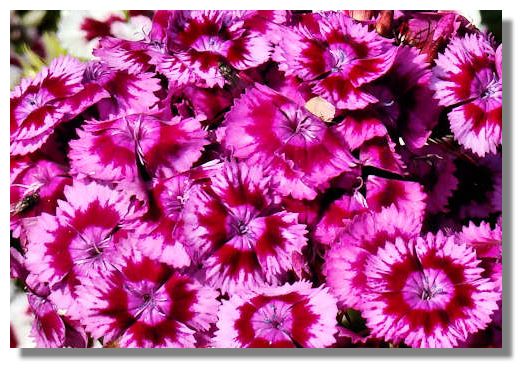The Rampant Scotland Newsletter includes a number of photographs which illustrate the weather and the seasons, plus the flora and fauna of the current week around Scotland. This separate "colour supplement" displays some more pictures, in a larger format. Here is this week's crop of Scottish views!
You don't often find Kalmia growing in gardens, despite it having a cluster of very interesting and pretty flower, resembling miniature parasols. Unfortunately, the flowers don't last very long and the leaves are toxic with sheep being particularly prone to poisoning. They come in shades of pink, red, purple, lilac and white. Kalmia are native to Eastern North America and Cuba. They are named after a Finnish botanist Pehr Kalm, who first brought it to Europe.
Gladioli flowers are more often seen later in the season but this one - named "The Bride" - was photographed in the walled garden at Culzean Castle Country Park. Gladioli originally came from Southern Africa.
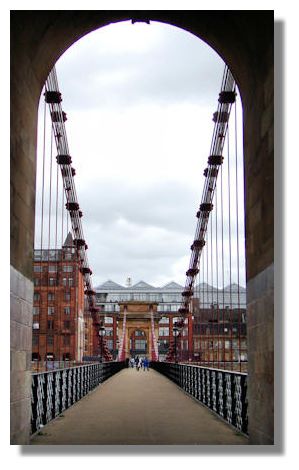
Glasgow has a reputation for fine engineering, so the recent problems with the new "Squinty" Bridge and (a few years back) with the Kingston Bridge which had to have new supports inserted, have somewhat tarnished its image. But the reputation was formed in Victorian times and the early 20th century when fine structures such as the South Portland Street pedestrian suspension bridge were created across the river Clyde. It links Clyde Street on the north bank to Carlton Place on the south. The bridge opened in 1853, replacing an earlier wooden one.
Here's another view of the South Portland Street pedestrian suspension bridge, showing its elegant wrought iron design.
With dire reports of the decline in the number of bees, it's almost a relief to see this busy bee gathering nectar from this Eryngium flower with its spiny bracts. With its resemblance to a thistle, Eryngium is sometimes incorporated by florists into button hole arrangements for a groom's jacket lapels at weddings.
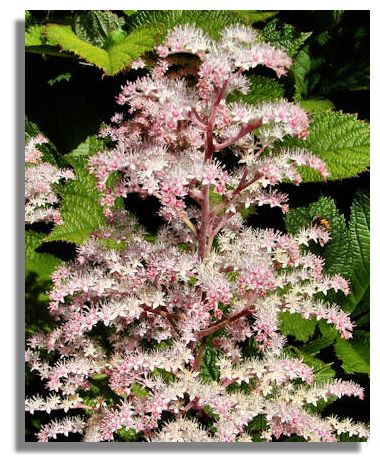
The graceful foaming flower heads of Filipendula come in white, cream, pink or red varieties. Filipendula has a musky fragrance and is related to the wild flower Meadowsweet.
The densely packed flower heads of Sweet William (Dianthus Barbatus) form flat clusters that can be 5/6 inches across. They are sweetly scented and come in a wide range of bright (almost gaudy) colours.If you want to look back at earlier editions of this Colour Supplement, there is an Index Page

